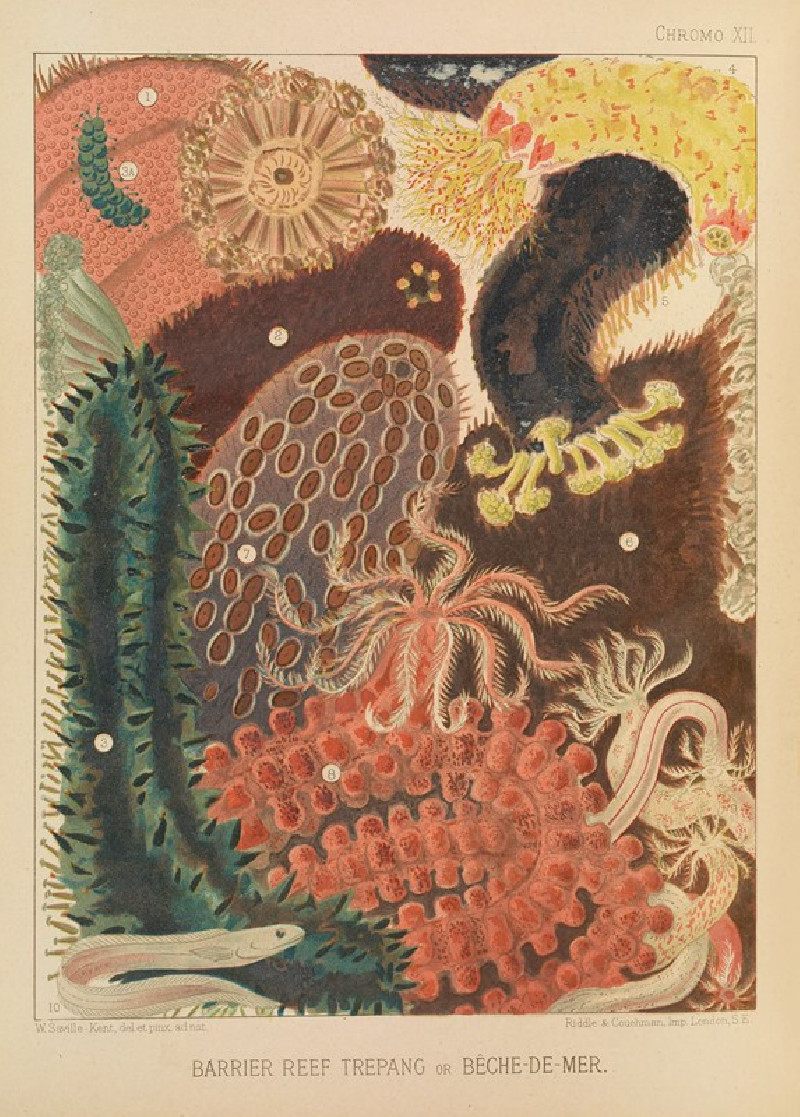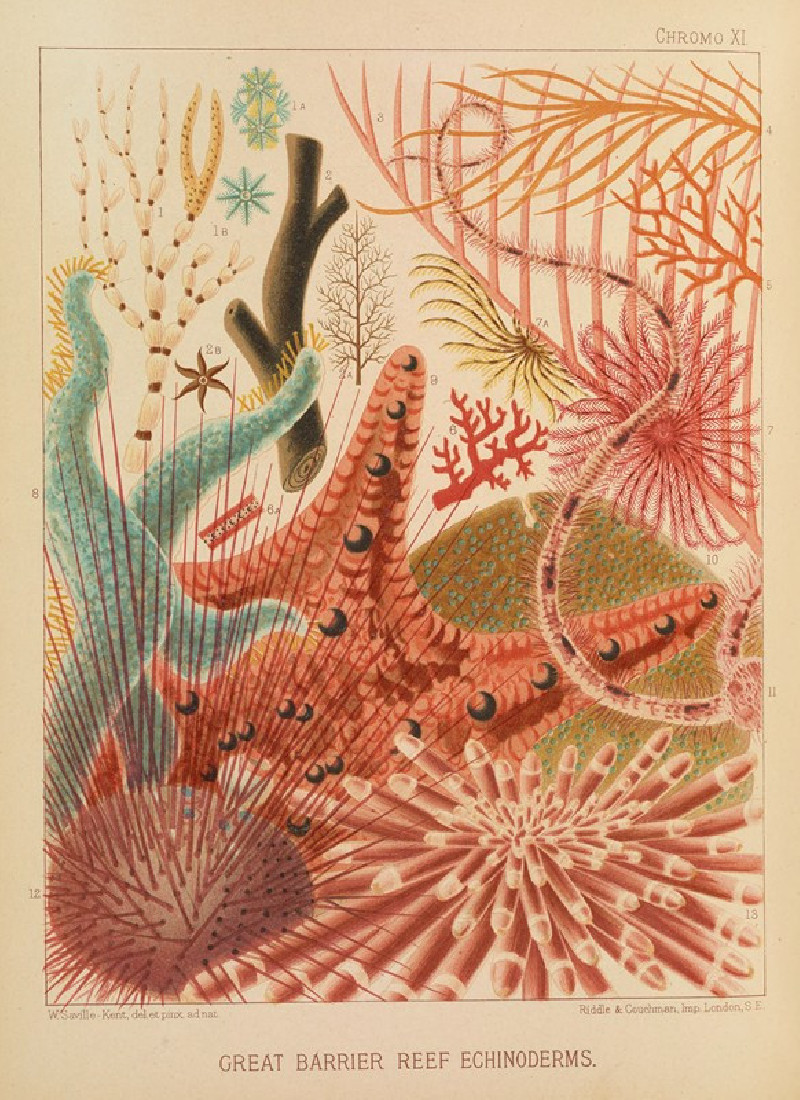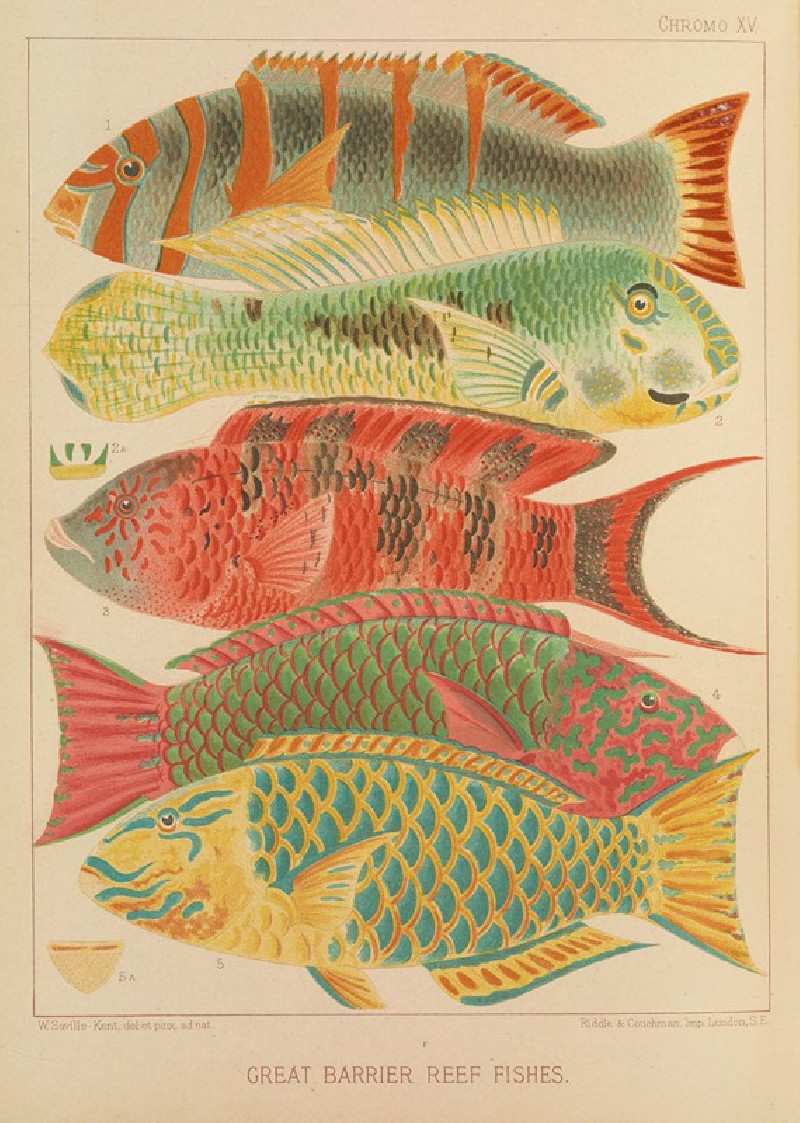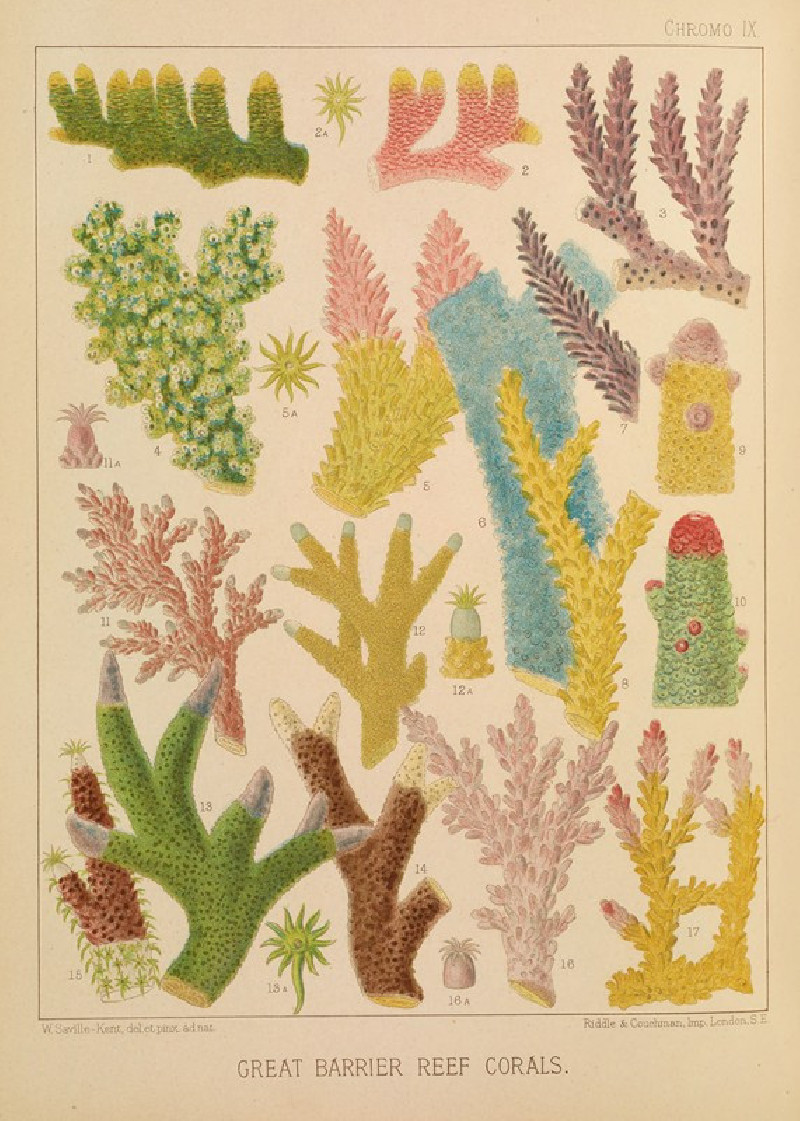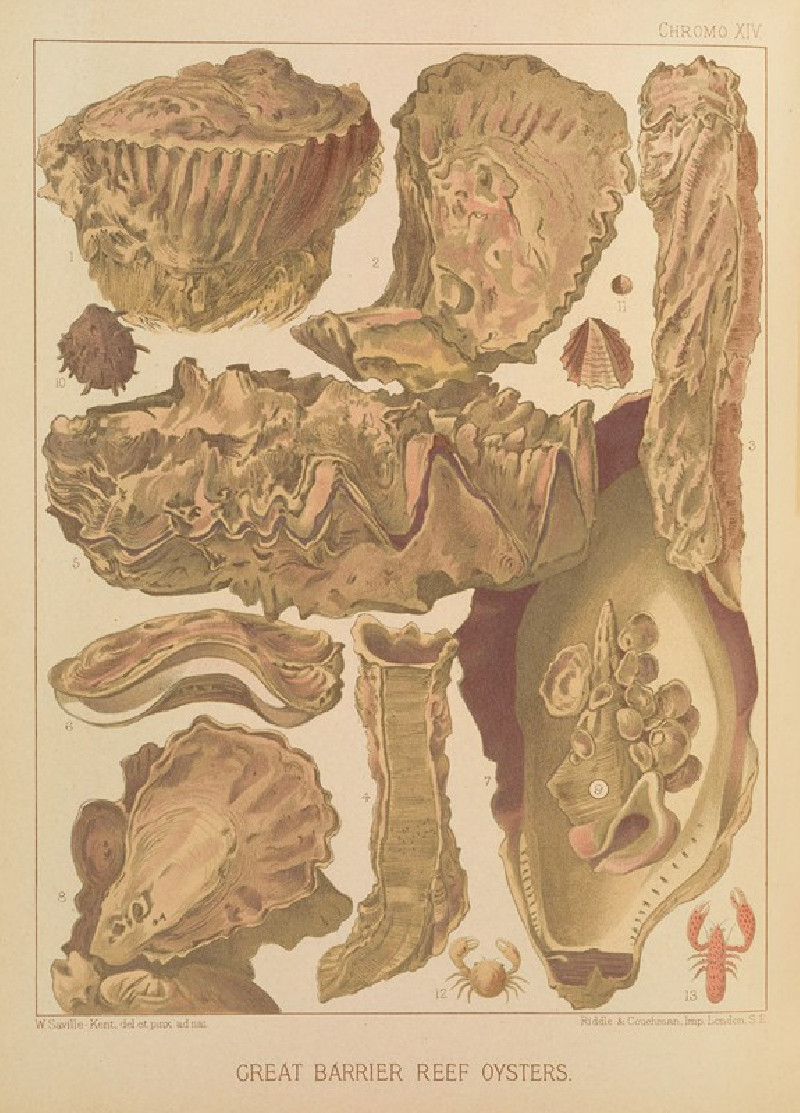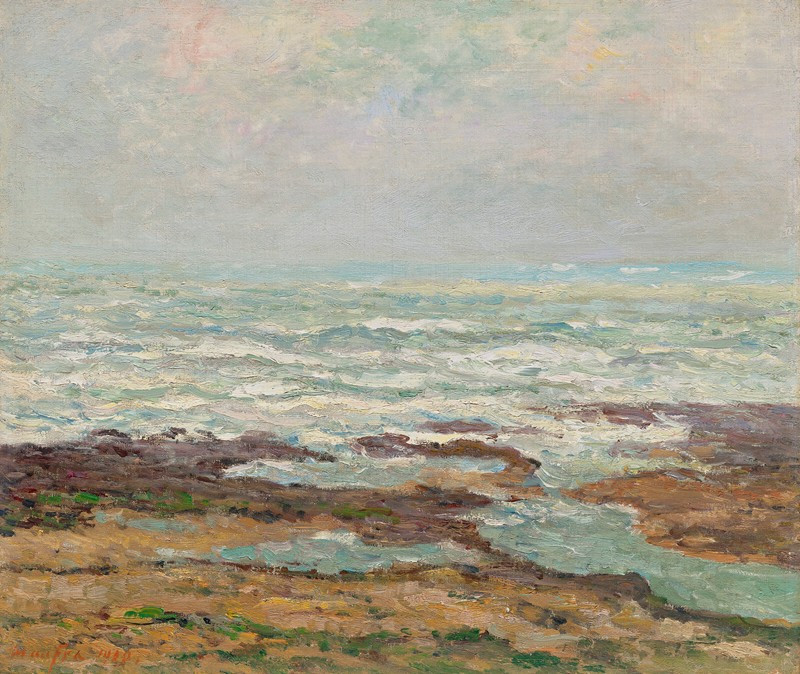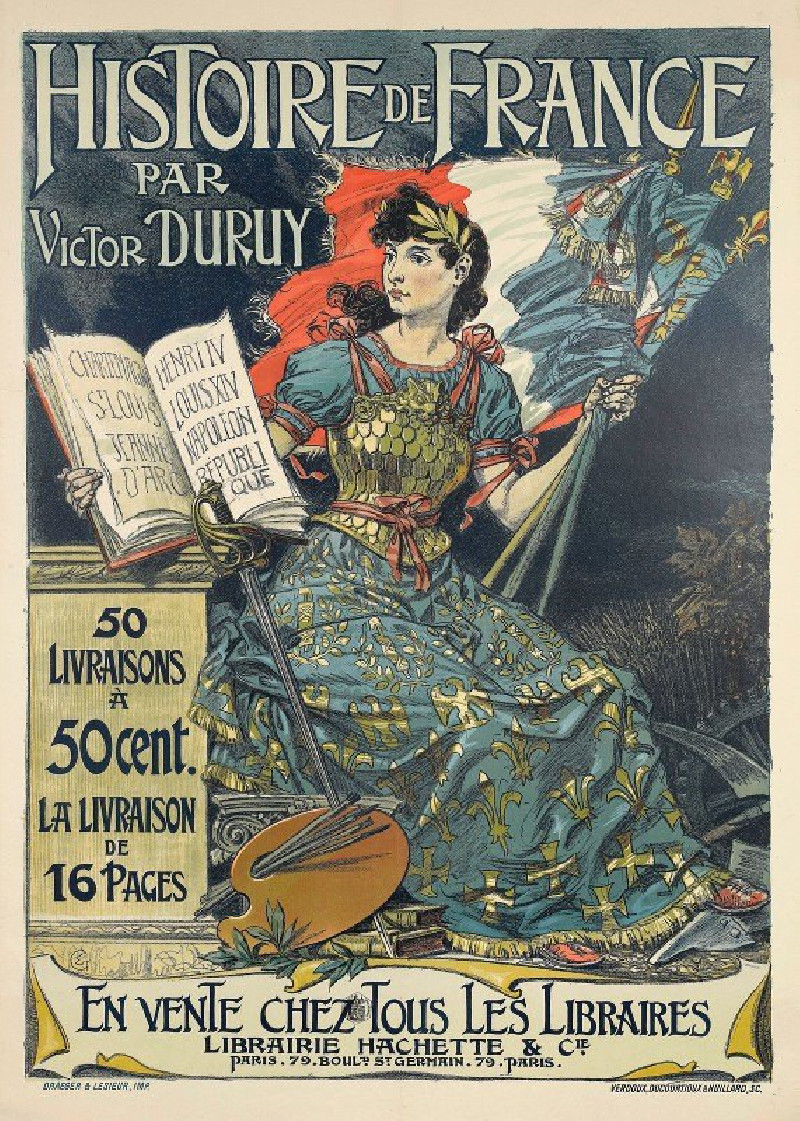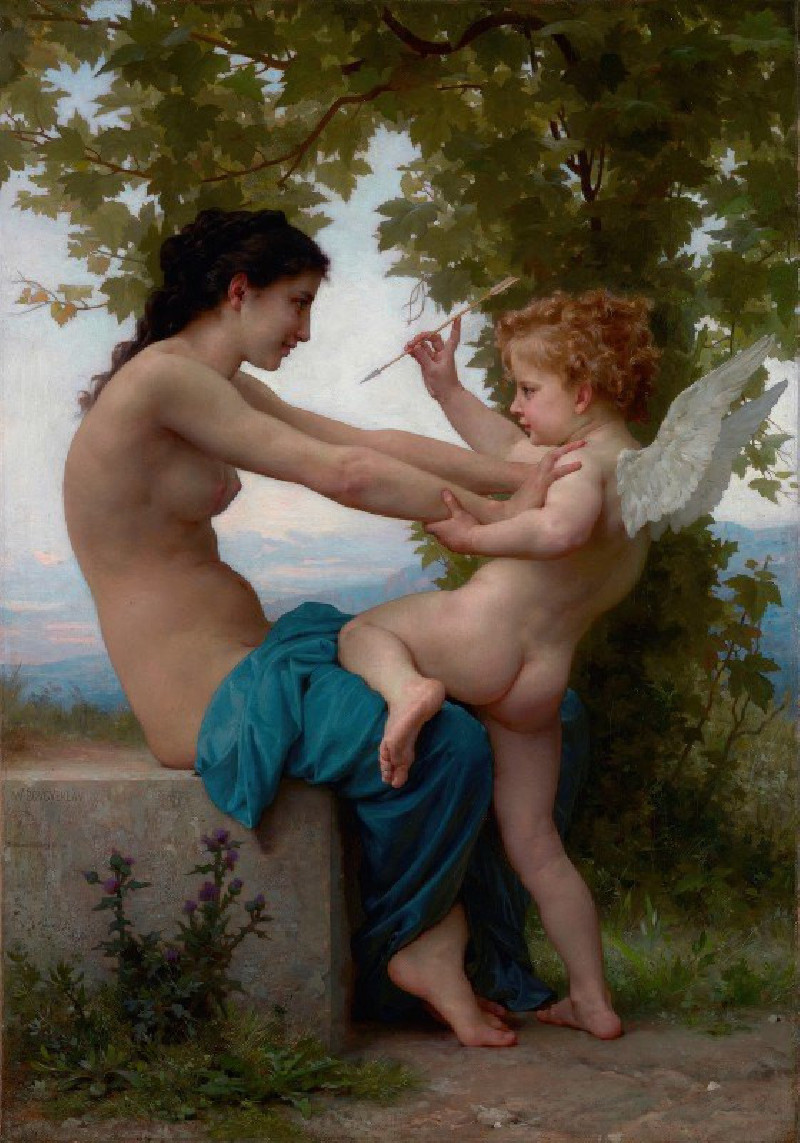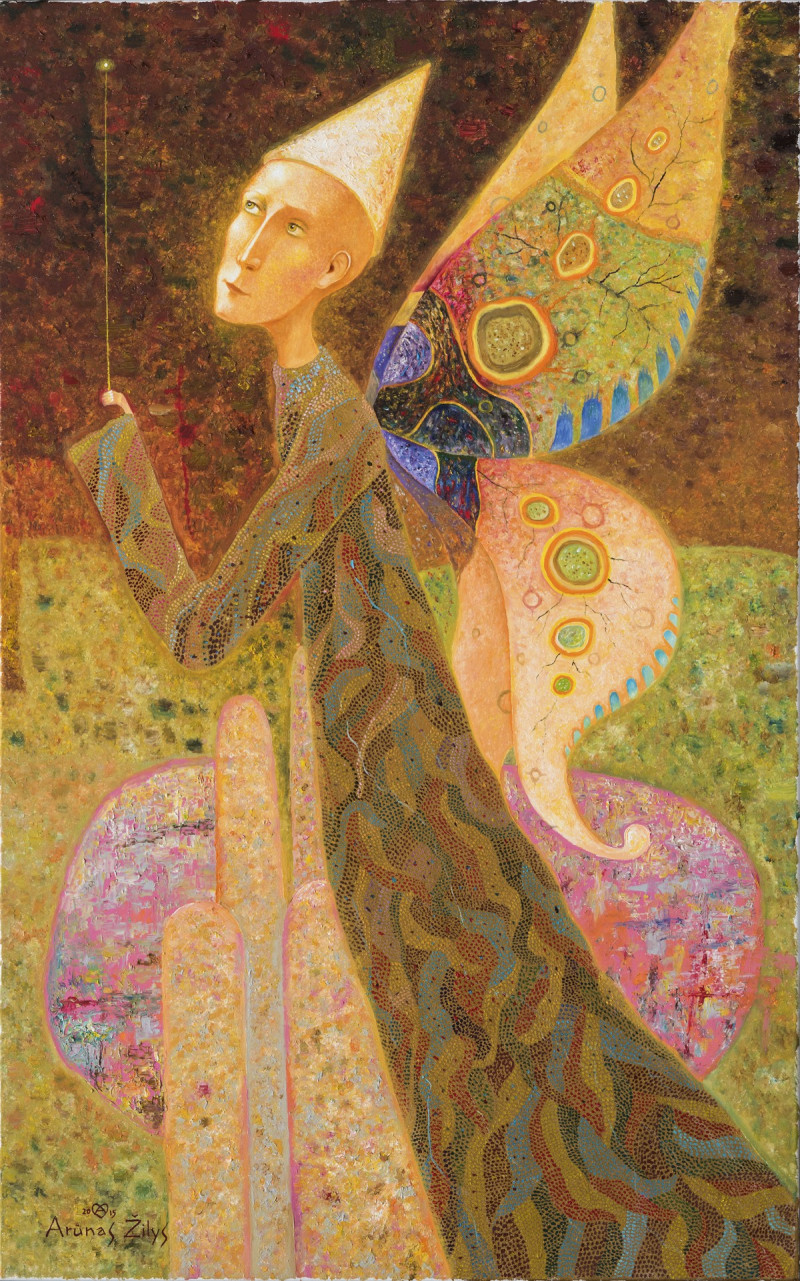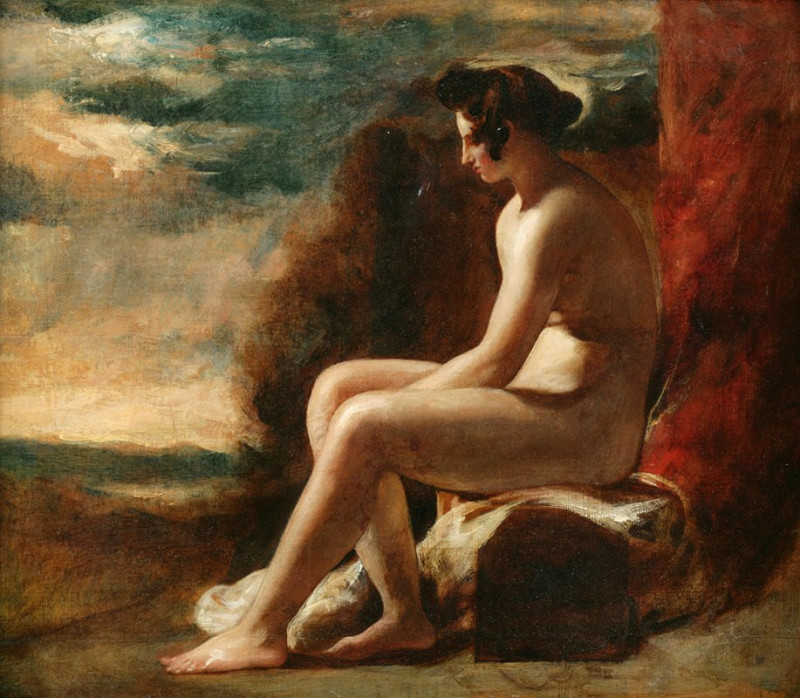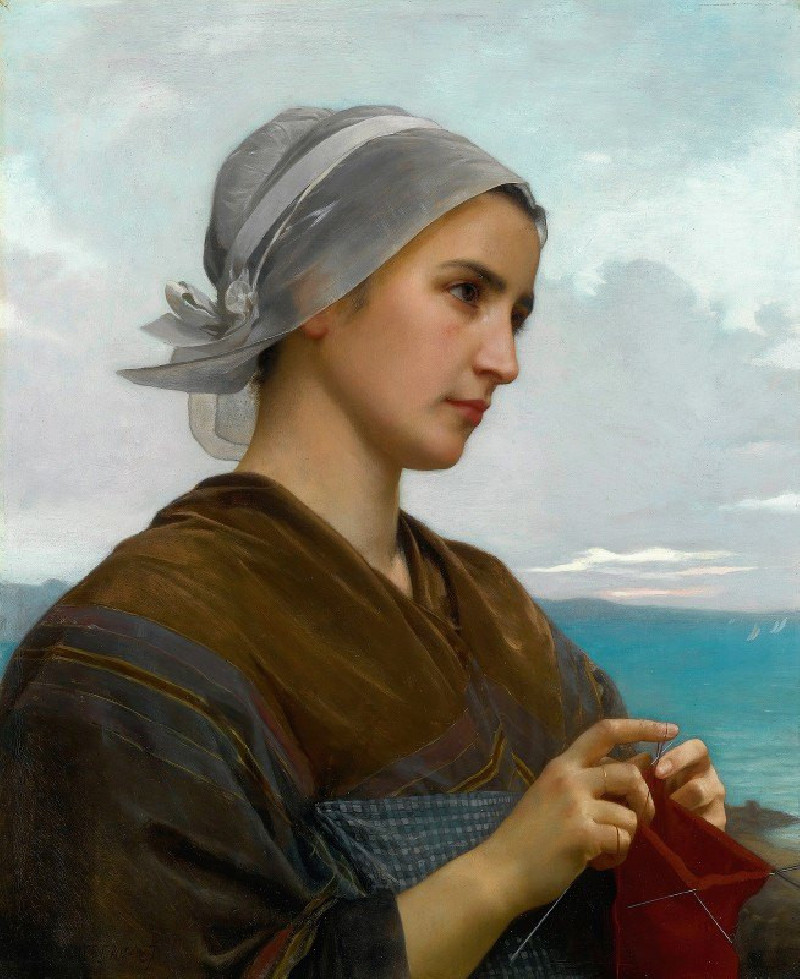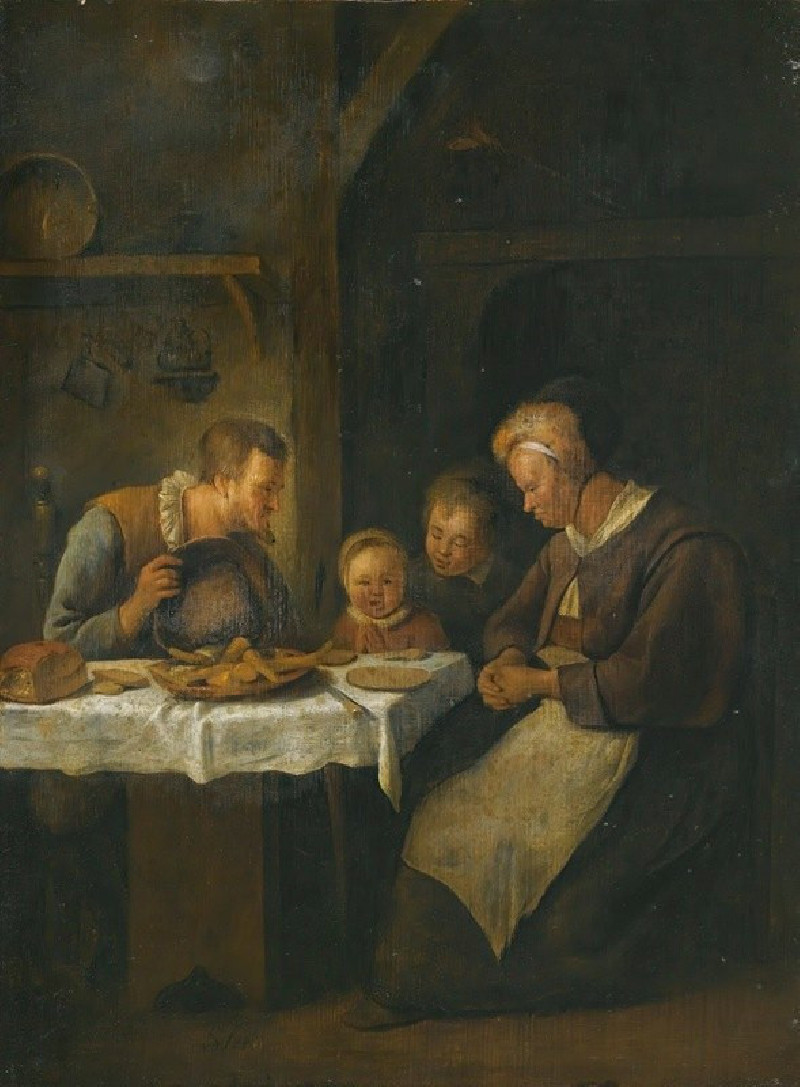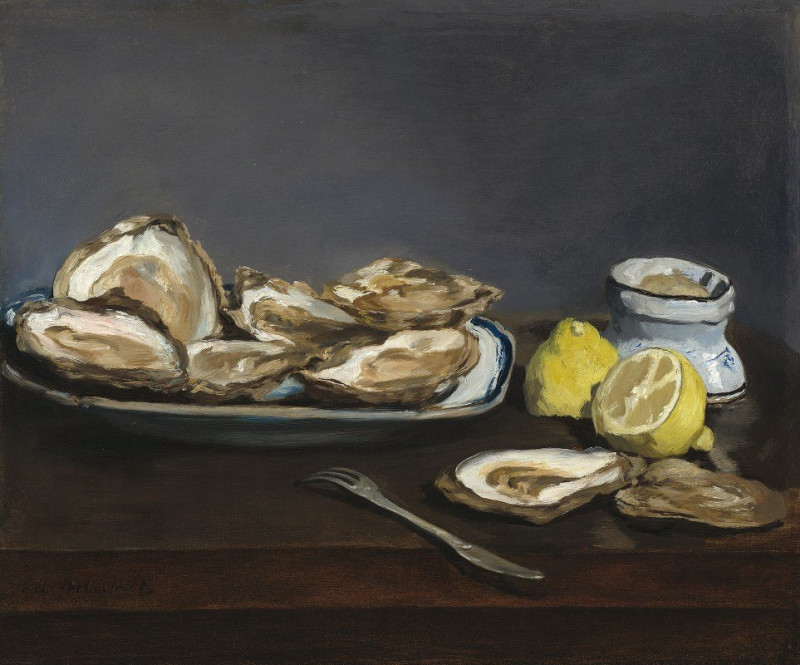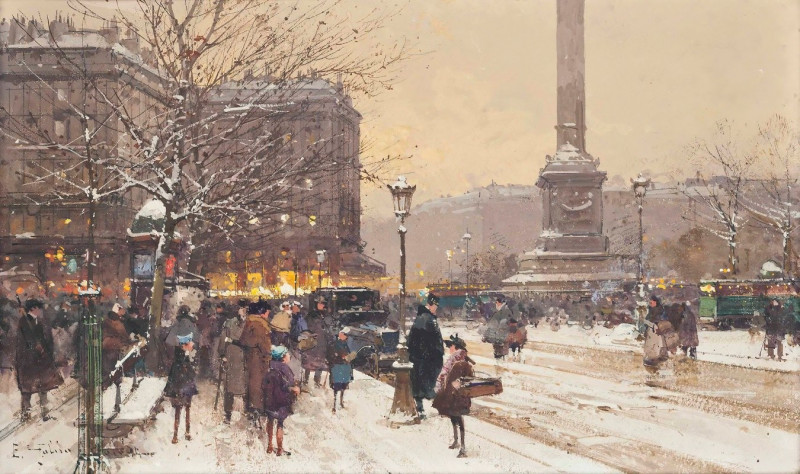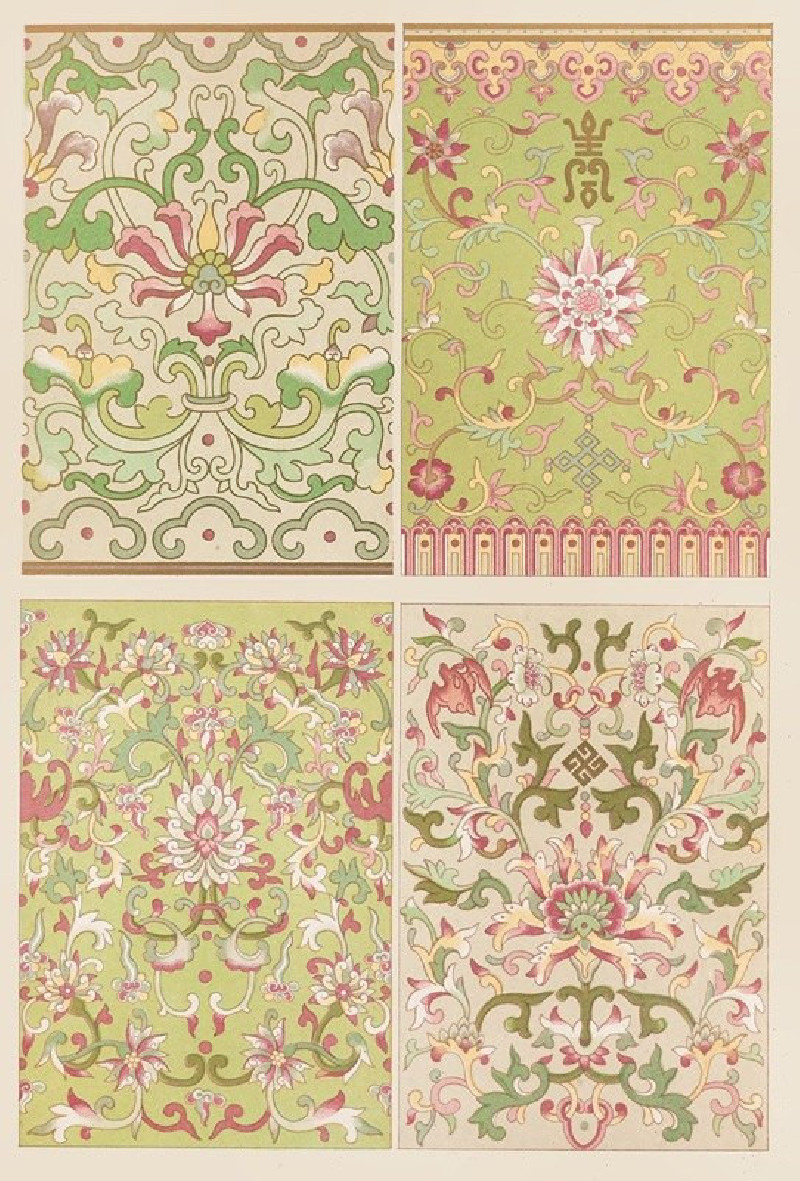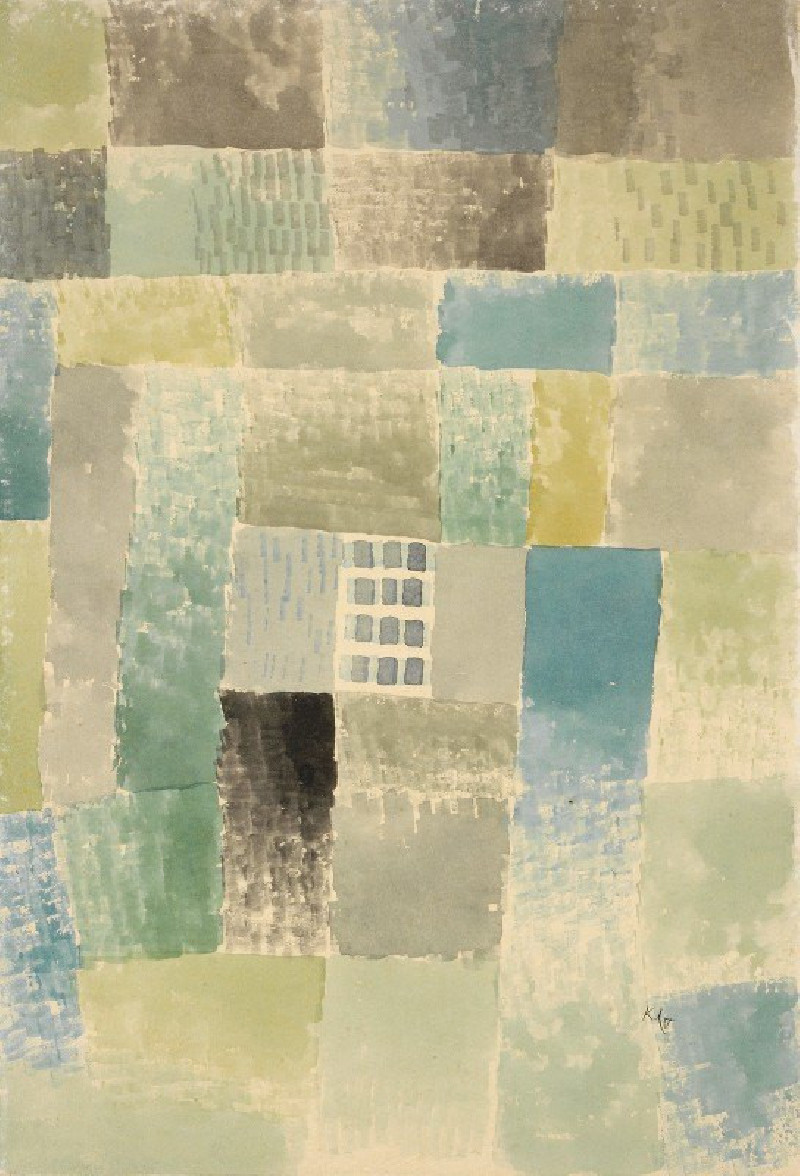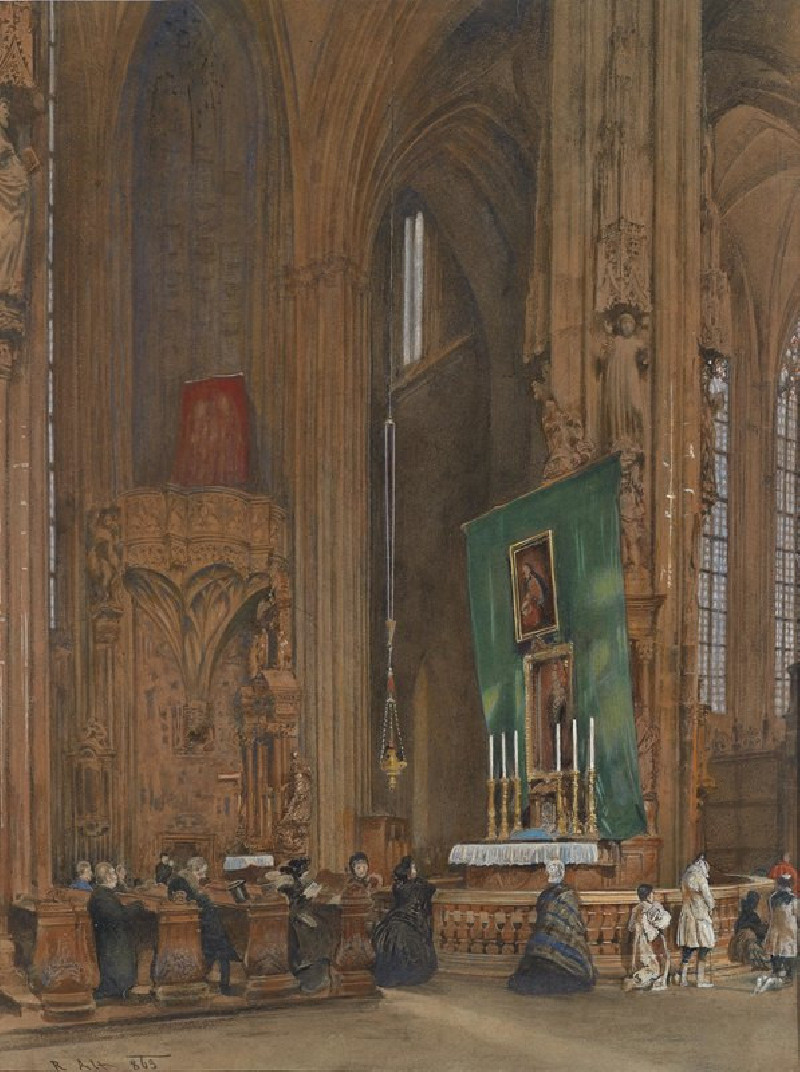Barrier Reef Trepang (1893)
Technique: Giclée quality print
Recommended by our customers
More about this artwork
Welcome to a dive into the vibrant underwater world depicted in "Barrier Reef Trepang" (1893), a beautiful illustration by William Saville-Kent. This painting captures the abundant and exotic biodiversity of Australia's coral reefs, showcasing an array of marine creatures and coral types.In this detailed artwork, the viewer's attention is drawn to a rich tapestry of sea life. Prominent in the scene are various forms of trepang, also known as sea cucumbers, which are highlighted with meticulous detail and naturalistic colors. The illustration also features a diverse range of coral structures, presented in a spectrum of shapes and hues—from the intricate brain corals to the delicate, feather-like sea pens.Aside from these, the composition is interspersed with other marine organisms, adding to the complexity and realism of the reef environment. Minute details like the texturing of the corals and the gentle gradients of color not only demonstrate Saville-Kent’s artistic skill but also his deep understanding of marine biology."Barrier Reef Trepang" is not just an artistic creation; it serves as a window into the ecological richness of one of the world's most important natural habitats. This painting offers an opportunity to appreciate the beauty of the underwater realms and the importance of their conservation.William Saville-Kent’s work continues to educate and inspire, encapsulating the essence of marine diversity with both scientific precision and artistic beauty.
Delivery
Returns
William Saville-Kent was an English marine biologist and author.
Saville-Kent was educated at King's College London, and then at the Royal School of Mines under T. H. Huxley. He held various jobs in Britain, including at the British Museum from 1866 to 1872. In 1869, he became a member of the Zoological Society of London and in 1873 of the Linnean Society. In 1870, Saville-Kent received a grant from the Royal Society to conduct a dredging survey off Portugal. He worked at the Brighton Aquarium (1872–1873), then at the Manchester Aquarium (1873–1876). He went on to work for various other aquariums, before returning to Brighton in 1879.

